A Salmon is any of seven different species in the Salmoninae subfamily. The seven species are the Pink, Chum, Koho, Masu, Chinook, Sockeye, and Atlantic. Close relatives include whitefish, trout, grayling, and char.
People rely on several different species as sources of food, and raise some in fish farms for this purpose. Read on to learn about the Salmon.
Description of the Salmon
These fish are relatively thick-bodied creatures, with a torpedo-like shape that narrows at the head and the tail. While each species is different, most have elongated hook-like mouthparts. Their scales typically have a silver color, and some also have red coloration as well.
Depending on the species, these fish measure about two feet long on average. However, some species reach over four feet in length!
Interesting Facts About the Salmon
These fish have an important place in human culture and the food web. Learn more about a few different species and what makes them unique, below.
- Atlantic Salmon – People frequently eat this species. However, unlike some other species, the majority of Atlantic species purchased come from fish farms rather than the wild. These fish farms can actually cause decline in wild population Salmons by passing parasites and disease to wild Salmon populations, leaving them Vulnerable.
- Sockeye Salmon – This species is well known for its bright red coloration and large hooked jaw. However, this coloration only occurs when the fish begin to spawn. Before spawning, their scales have a silver coloration.
- Chinook Salmon – The Chinook is another species popular for food. In fact, overfishing has caused population decline in some regions. This is incredibly detrimental to the ecosystem, as a number of predators rely on them for food.
Habitat of the Salmon
Each of the seven species has its own unique habitat preferences. However, most share similar habitat choice. The young hatch and grow in freshwater rivers, streams, and creeks for several years. As they reach adulthood they move into the ocean. They only return to freshwater habitats when they reproduce.
Distribution of the Salmon
The various species each have their own unique distribution. One species lives in the Atlantic Ocean, while the rest live in the Pacific Ocean. They live along the western coast of North America, and some species range across to eastern Asia. The Atlantic species lives along both the eastern coast of North America, and in Europe.
Diet of the Salmon
Dietary preferences vary based on the species at hand. Populations in one area have access to some prey species that those in another region might not have. Generally, they have carnivorous feeding behavior, and eat different sized prey at different stages in their life.
While they are young, they hunt for insects, insect larvae, crustaceans, plankton, and more. As they grow larger, they can capture larger prey such as capelin, smelt, cod, mackerel, herring, and more.
Salmon and Human Interaction
Human activity impacts each species differently. People hunt some species extensively, while others do not hold the same value in commercial fisheries.
Human activity, such as dam, habitat destruction, and pollution, also impact these fish to varying degrees. Researchers have not fully evaluated the threat to some species.
Domestication
Though people farm these fish, humans have not domesticated any of the seven species.
Does the Salmon Make a Good Pet
No, you wouldn’t want to keep this fish as a pet. They migrate during the breeding season between salt and freshwater habitats. For this reason, you would not be able to provide an adequate tank to replicate their wild habitat.
Salmon Care
People do not generally keep Salmon in aquariums. However, some aquariums house and raise the young fry to release into the wild when they have reached a larger size. Fish farms raise small fry to larger sizes and then house them in sea pens to reach their adult size.
Behavior of the Salmon
These fish are social creatures, and live in groups known as schools. The young remain in deep pools in rivers and streams to hide from predators. They spend several years in fresh water before migrating to the ocean. After a few years at sea, the fish return to the same rivers and streams where they were born to reproduce.
Reproduction of the Salmon
All of the different species reproduce via spawning. In this process, the female releases her eggs and the male fertilizes the eggs outside of the body. Larger females produce more eggs, sometimes up to several thousand. Once she lays her eggs, she buries them with gravel. Shortly after breeding, the adult fish die.
Beliefs, Superstitions, and Phobias About the Salmon
Many different cultures hold folklore and mythology about these fish. You can find various species in Celtic, Irish, Norse, and Welsh mythology. These fish are also present in the mythology of a number of different Native American tribes in different fashions.



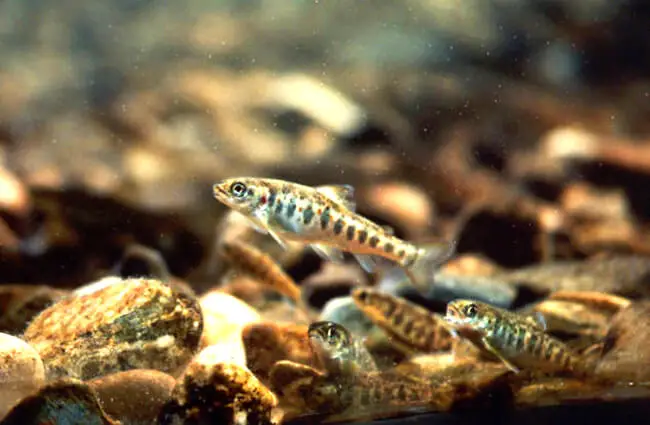
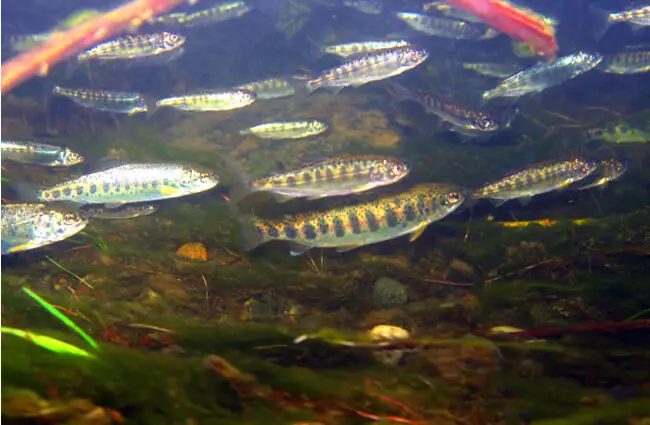


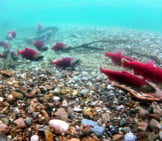
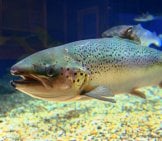

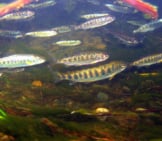

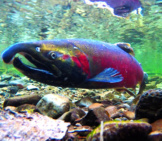
![Red Angus Closeup of a beautiful Red Angus cowPhoto by: U.S. Department of Agriculture [pubic domain]https://creativecommons.org/licenses/by/2.0/](https://animals.net/wp-content/uploads/2020/03/Red-Angus-4-238x178.jpg)












![Red Angus Closeup of a beautiful Red Angus cowPhoto by: U.S. Department of Agriculture [pubic domain]https://creativecommons.org/licenses/by/2.0/](https://animals.net/wp-content/uploads/2020/03/Red-Angus-4-100x75.jpg)

